Tech trends in wearable health monitors — the 2025 guide
Introduction — why this matters now
Wearable health monitors have moved beyond the step counter and sleep tracker. In 2025 these devices are increasingly positioned as clinical-grade or clinically useful tools — they’re being used in remote patient monitoring programs, clinical trials, population health research, and everyday preventive care. The market has grown into a multi-billion dollar industry as sensor technology, AI, connectivity, and regulatory clarity come together. Recent market estimates put the global wearable medical device market well into the tens of billions with strong year-over-year growth. AI Solutions for Businesses
This article unpacks the major technology trends shaping wearable health monitors today: what’s real, what’s emerging, what’s regulatory, and how clinicians, product teams, and consumers should think about adoption and trust.
TL;DR — quick takeaways
- AI + sensor fusion are the engines driving more useful, personalized health insights. Forbes
- Multimodal sensing (ECG + PPG + seismocardiography, etc.) improves signal reliability and enables new measurements; some multimodal devices recently gained FDA clearance. Fierce Biotech
- Cuffless blood-pressure monitoring is the “holy grail”: promising progress and increasing validation studies, but clinical adoption needs careful validation. Nature+1
- Regulation & validation are accelerating — manufacturers that aim for clinical use must prioritize FDA/CE pathways and clinical studies. U.S. Food and Drug Administration
- Privacy, interoperability, and equity remain top practical and ethical challenges.
1) Sensor innovation: multimodal sensors and better biosignals
What’s changing
Early consumer wearables relied mainly on optical sensors (PPG) and IMUs (accelerometers/gyros). The current trend is multimodal sensing — combining ECG, PPG, seismocardiography (SCG), impedance, temperature, and even acoustic or biochemical signals in a single device. Multimodal designs reduce single-sensor failure modes, improve artifact rejection, and unlock derived measures (e.g., hemodynamic estimation, cardiac mechanics). CardioTag — a wearable that simultaneously captures ECG, PPG, and SCG signals — is a recent example that received regulatory clearance, illustrating real progress toward clinical-grade signals from wearables. Fierce Biotech+1
Why it matters
- Redundancy and signal fusion: If motion corrupts PPG, ECG or SCG may still provide usable cardiac information.
- New biomarkers: Combining modalities enables derived metrics (pulse transit time approximations, mechanical-electrical coupling indices) that weren’t possible with a single sensor type.
- Clinical use cases: Multimodal wearables can better support arrhythmia detection, heart-failure monitoring, and even noninvasive hemodynamic trend estimation.
2) The cuffless blood-pressure race: promising but cautious
The promise
Cuffless blood-pressure (BP) monitoring from a wrist, ring, or patch would transform hypertension screening and management: continuous, comfortable BP trends (not just spot checks) could improve early detection and therapy titration. Several companies and research groups are publishing new algorithms and prototypes that combine PPG, ECG, machine learning, and sensor fusion to estimate BP without a cuff. ScienceDirect+1
The reality & evidence
Academic reviews and recent studies show progress but also caution. The literature notes many approaches and patents, some devices with regulatory approvals, and an active body of validation research — yet accuracy and robustness across populations, skin tones, motion states, and clinical conditions remain the core barriers. Clinical validation studies (including comparisons to ambulatory BP monitors and 24-hour ABPM) are the right standard to judge practical utility. Nature+1
Takeaway for buyers & clinicians
- Don’t treat cuffless BP estimates as interchangeable with clinical cuff measurements until the device has robust, peer-reviewed validation across diverse cohorts.
- Use current cuffless devices as trend tools: useful for monitoring relative changes and patterns rather than replacing diagnostic cuff BP in all contexts.
3) AI & on-device intelligence: personalization meets privacy
Where AI fits
AI is powering three interrelated functions in wearables:
- Signal quality and artifact removal — denoising PPG/ECG signals in real time.
- Feature extraction & inference — converting raw data into health insights (arrhythmia detection, sleep staging, stress estimation, BP estimation).
- Personalized coaching & anomaly detection — models that learn a user’s baseline and flag deviations or provide tailored interventions. Forbes
On-device vs. cloud AI
- On-device inference reduces latency and preserves privacy (sensitive raw biosignals need not leave the device), and modern mobile SoCs and NPU cores make this feasible.
- Cloud models allow heavier computation and continuous model improvement but require robust data governance and secure transport.
Practical advice
- For high-sensitivity medical tasks (diagnosing arrhythmias, BP estimation), favor solutions with transparent validation and medically audited AI models.
- Product teams should publish model performance (sensitivity, specificity, CI bands) and report on dataset composition (age, sex, skin tone, comorbidities).
4) Regulatory momentum: from wellness to medical claims
Regulatory context
Regulators increasingly differentiate between wellness claims (general fitness, steps, sleep) and medical devices intended to diagnose or manage conditions. The FDA’s Digital Health Center of Excellence and public device lists clarify which sensor-based tools have regulatory decisions. Devices that make clinical claims (e.g., detecting atrial fibrillation, measuring BP for treatment decisions) often require 510(k) clearance, de novo approvals, or other regulatory pathways. Recent approvals for multimodal wearables illustrate this trend. U.S. Food and Drug Administration+1
Why this matters for startups
- Plan regulatory strategy early: study design, sample size, comparator devices, and endpoints are critical. Regulatory timelines shape engineering priorities.
- Post-market surveillance: regulators expect real-world performance monitoring and risk mitigation plans.
For clinicians and procurement
- Prefer devices with appropriate clearances (FDA, CE) and published clinical validation for the intended use case. Be cautious about consumer devices making unsupported medical claims.
5) Use cases shifting from fitness to care pathways
Remote patient monitoring (RPM) & chronic disease
Wearables are increasingly used in RPM programs for hypertension, heart failure, diabetes (indirectly), and arrhythmia management. Continuous or frequent physiologic data can enable early interventions, reduce hospital readmissions, and support telehealth visits.
Clinical trials & decentralized trials
Sponsors use wearables to collect objective endpoints (activity levels, sleep, heart metrics) at scale. Wearables reduce visits and allow continuous outcomes, but device choice and data quality standards must be rigorous.
Preventive and behavior change
AI-driven nudges, sleep coaching, and stress management tools are maturing into clinically informed behavior-change interventions — when backed by evidence, they can shift outcomes at population scale.
6) Connectivity & standards — not just Bluetooth anymore
Connectivity trends
- Bluetooth LE remains the dominant link to phones and hubs, but low-power wide-area (LPWA), Wi-Fi, and LTE-M/NB-IoT find niche uses in patch devices and remote monitors.
- Edge gateways (phones, home hubs) aggregate and pre-process data before cloud upload.
Interoperability
Healthcare adoption demands standard data formats (FHIR), secure APIs, and integration with EHRs. Device vendors increasingly support standardized export and SDKs for clinical partners. Interoperability reduces friction for clinicians and improves longitudinal care.
7) Usability, design & adherence — the human factors
High adherence is essential for continuous monitoring to be valuable. Key human factors:
- Comfort & wearability: rings, patches, and soft-skin patches can beat wrist devices for continuous wear.
- Battery life: longer battery life reduces friction; energy harvesting and efficient NPUs help.
- Form factor & stigma: attractive consumer design encourages sustained use.
- Onboarding & feedback loops: clear, actionable feedback keeps users engaged.
8) Data privacy, security & ethics
Privacy challenges
Biosignals are highly sensitive. Manufacturers must adopt strong encryption, clear data-use policies, and give users control over sharing. Health data portability and consent management are increasingly required by regulators and enterprise buyers.
Security
Secure boot, hardware root of trust, and regular OTA patching are essential to prevent device compromise. Medical devices add another layer: compromised devices can pose clinical risk.
Equity & bias
AI models trained on non-diverse datasets can underperform on certain skin tones, ages, or body types. Transparency about dataset composition and proactive bias testing are ethical musts.
9) Business models & reimbursement
Consumer vs. clinical markets
- Consumer wearables rely on device sales + subscription services (coaching, advanced analytics).
- Clinical / RPM products often pursue reimbursement (CPT codes for remote monitoring), enterprise contracts, or hospital procurement.
Reimbursement trends
Reimbursement for RPM and telemonitoring has expanded in many regions; devices that can integrate into RPM workflows and demonstrate clinical utility are better positioned for payment pathways.
10) Real-world evidence: validation & peer review
Why rigorous studies matter
For clinical adoption, a device needs:
- Peer-reviewed validation against gold-standard clinical devices (ECG leads, ambulatory BP monitors).
- Diverse cohort testing (age, comorbidity, skin tone).
- Real-world performance metrics (false positives/negatives, wear time).
Recent device approvals and validation studies demonstrate that clinical-grade wearables are possible — but the quality of evidence varies widely across vendors. Examples of peer-reviewed work and device evaluations support cautious optimism. PMC+1
11) Commercial examples & signals from the market
- FDA-cleared multimodal sensors (e.g., CardioTag) show regulators will clear devices that provide multi-sensor cardiac metrics when supported by evidence. Fierce Biotech
- Startups and incumbents are investing in blood-biomarker integrations (e.g., serum test linking, at-home phlebotomy partnerships) and software features that synthesize lifestyle + biomarker data for actionable insights. Recent product launches are integrating blood test analytics with wearable signals. TechRadar
12) Challenges still to solve
- Robustness across conditions — motion, sweat, tattoos, and extreme ambient conditions can degrade signals.
- Cross-population generalization — models must generalize across skin tones, ages, cardiovascular profiles.
- Clinical thresholds & decision rules — how continuous time-series map to clinical actions remains a work in progress.
- Regulatory and liability questions — who’s responsible if AI misses an event?
- Data ownership & longitudinal access — patients need portability and clinicians need reliable historical data.
13) Practical guidance — for different audiences
For consumers
- Buy devices from reputable brands; check for published validation and (for medical uses) regulatory clearance.
- Use wearables for trends and motivation; consult clinicians before making treatment changes based on device data.
For clinicians & health systems
- Evaluate devices based on published studies, device interoperability, and integration with EHR/RPM platforms.
- Consider pilot deployments with monitoring protocols and escalation pathways.
For product builders & startups
- Design validation studies early and choose the right regulatory pathway.
- Invest in explainability, dataset diversity, and post-market surveillance.
- Prioritize privacy-by-design and secure data pipelines.
14) The next 3–5 years — what to expect
- More clinical clearances for multimodal and specialized devices (arrhythmia, hemodynamics). Medical Device Network
- Improved cuffless BP performance in validated devices for trend monitoring and, for some products, for clinical adjunct use — but wide replacement of cuff BP in all settings is still years away. Nature+1
- AI personalization will become standard; on-device inference and federated learning will expand. Forbes
- Greater convergence of wearables with lab biomarkers, home diagnostics, and telemedicine workflows.
16) FAQ — quick answers
Q: Are wearables accurate enough to replace a doctor’s device?
A: Not yet across the board. Some devices with regulatory clearance and strong validation are suitable for specific clinical tasks; for many measurements (especially cuffless BP), wearables are best used as trend indicators until broad, peer-reviewed validation exists. U.S. Food and Drug Administration+1
Q: Can a smartwatch reliably detect atrial fibrillation (AF)?
A: Several wearables use PPG/ECG algorithms to detect AF and some have regulatory backing for atrial fibrillation screening. Check for device-specific validation and intended use. PMC
Q: Will my wearable share my health data with third parties?
A: Policies vary by vendor. Always read privacy policies and opt out of data sharing where possible. Devices used in clinical programs usually have clearer consent processes.
Q: Which form factor is best — ring, patch, watch?
A: It depends on the measurement: rings and patches can have better skin contact for continuous biosignals; watches are convenient and multipurpose. Choose by the specific signals you need and the required wear time.
17) Resources & further reading (selected)
- Market overview and size projections for wearable medical devices. AI Solutions for Businesses
- FDA Digital Health Center: searchable list of sensor-based devices and decisions (useful for checking device clearance). U.S. Food and Drug Administration
- Nature review on cuffless wearable blood pressure: state of the science and challenges. Nature
- Validation studies and device evaluations (examples profiling cuffless BP and wearable ECG devices). PMC+1
- Market and trend analysis, including 2025 predictions on AI and wearables. Forbes
18) Conclusion — the right balance of optimism and rigor
Wearable health monitors are not hype anymore; in 2025 they’re an active, maturing technology with real clinical and consumer value. The most important trend is integration — better sensors + validated algorithms + regulatory clarity + secure, interoperable data flows. That combination is what will move wearables from “nice to have” to a trusted part of healthcare workflows.
If you’re a clinician, policy maker, or startup founder, the immediate priorities are evidence and safety: validate, publish, and design systems that protect patient data while enabling actionable insights. For consumers, wearables are increasingly useful for awareness, motivation, and trend tracking — but discuss clinical decisions with a healthcare professional.
Share this content:
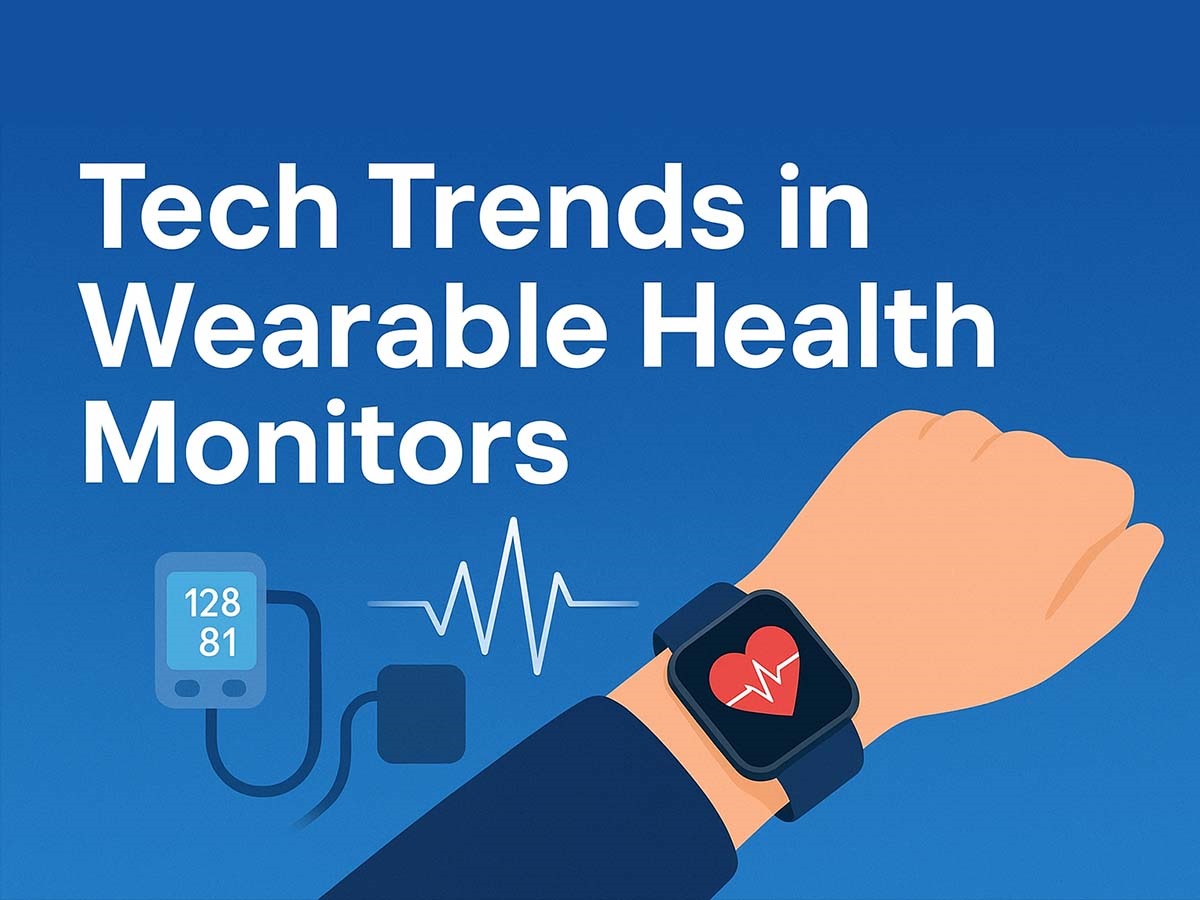

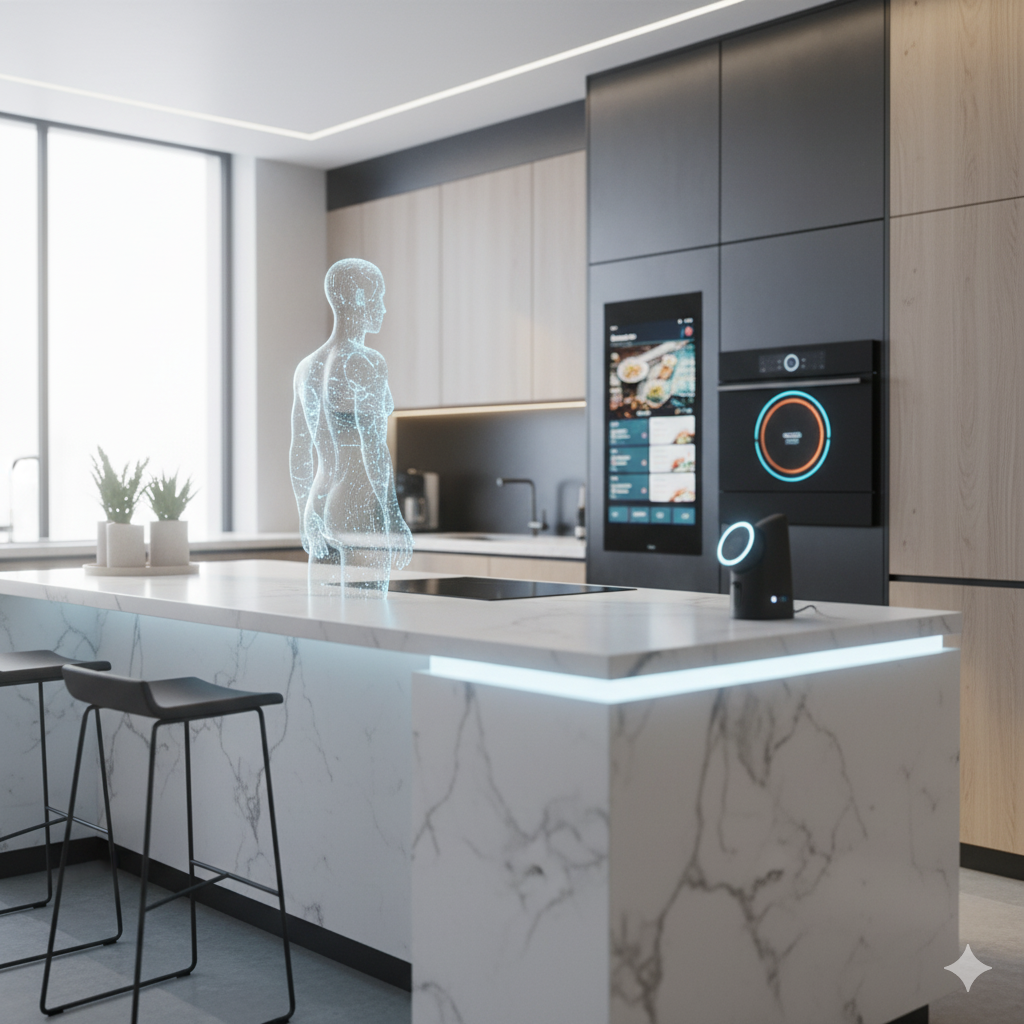
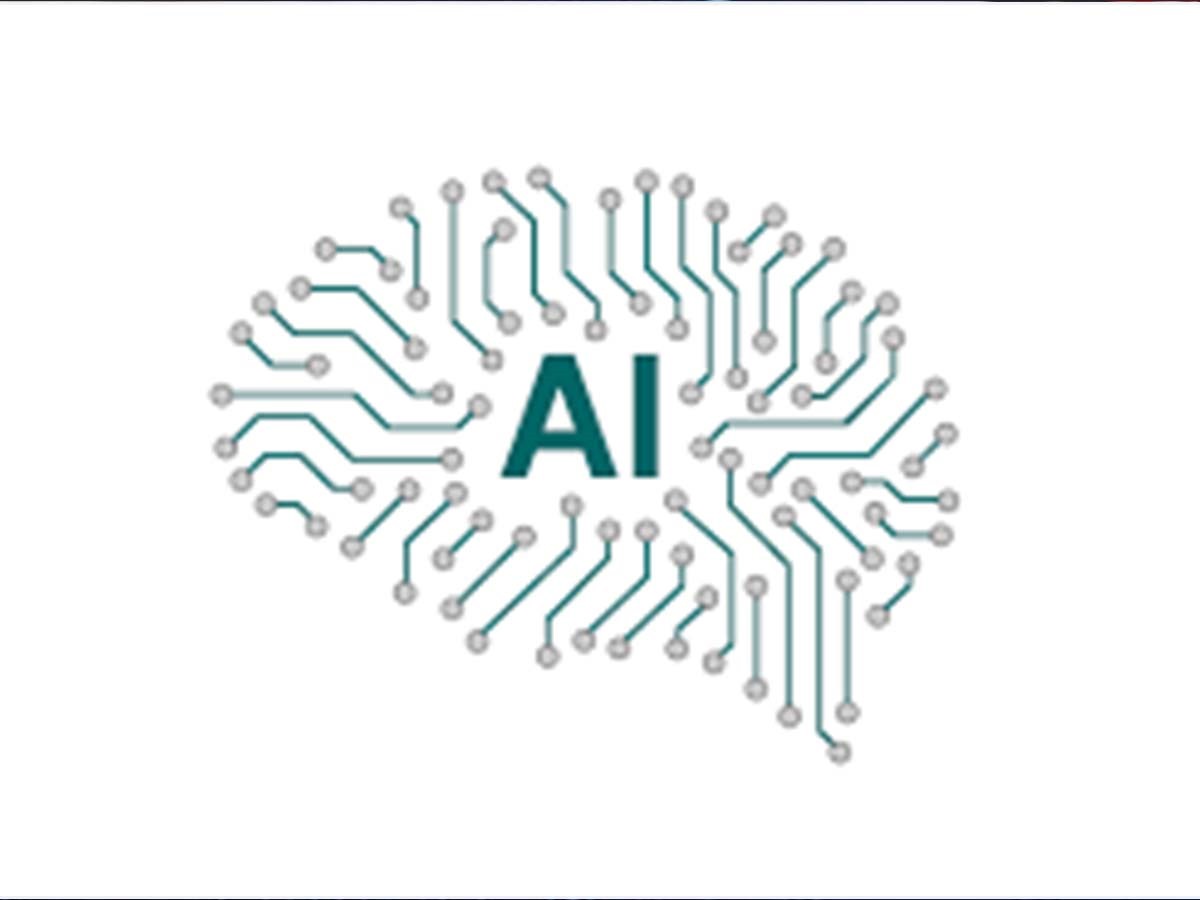

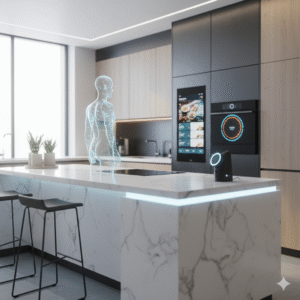
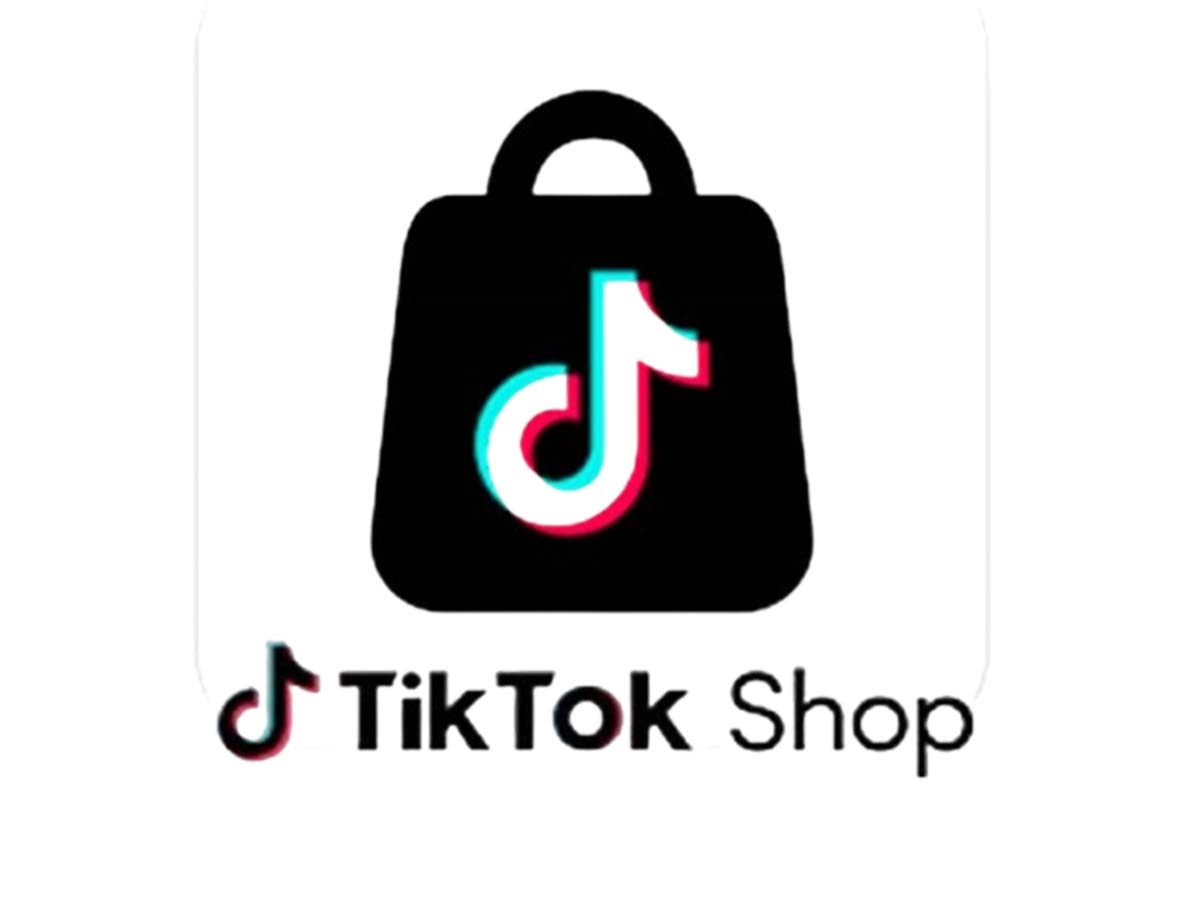
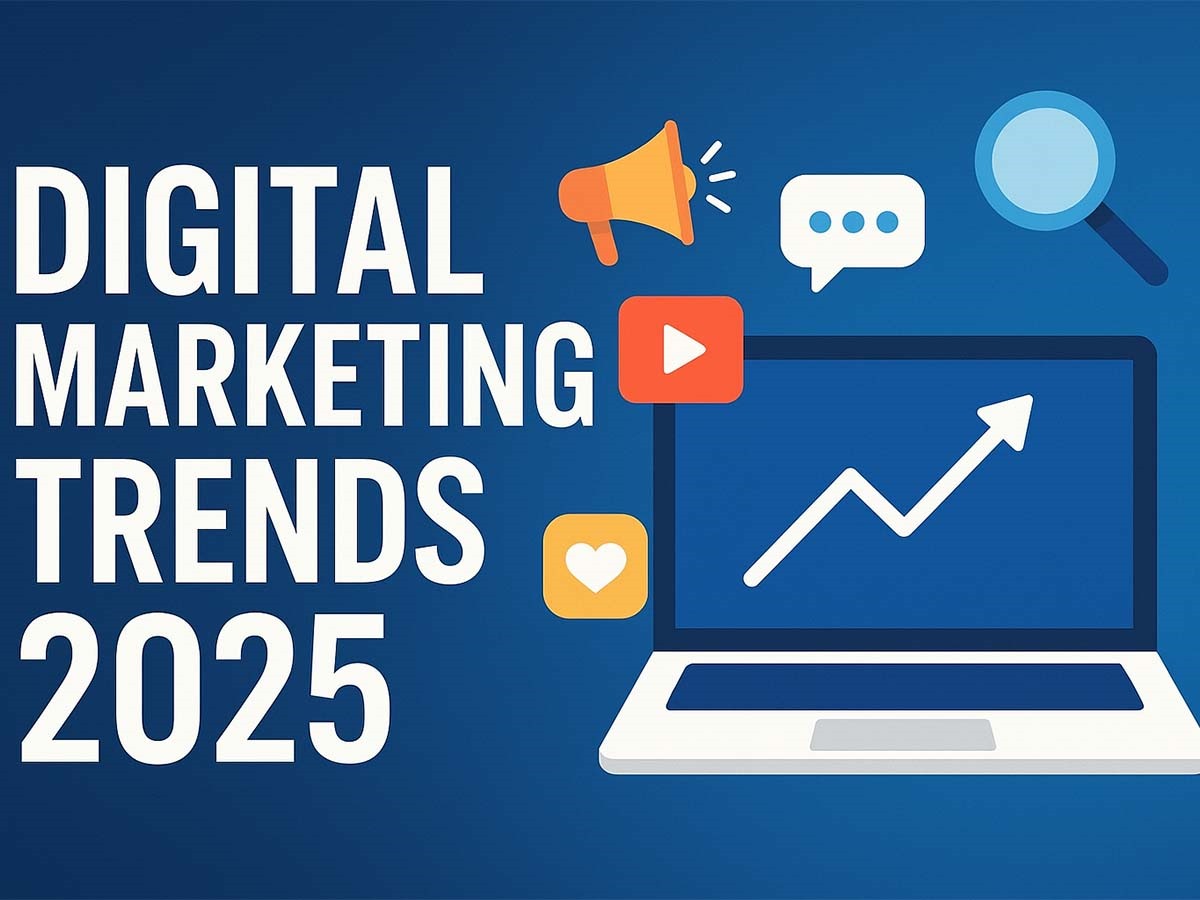

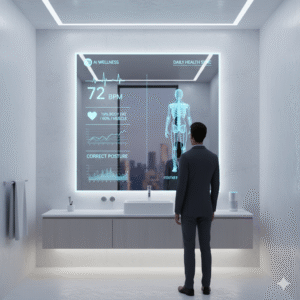
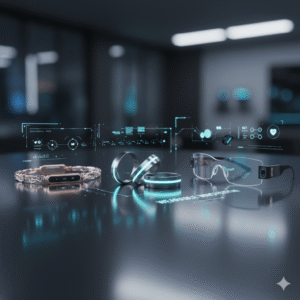

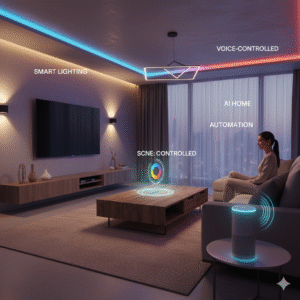
Post Comment